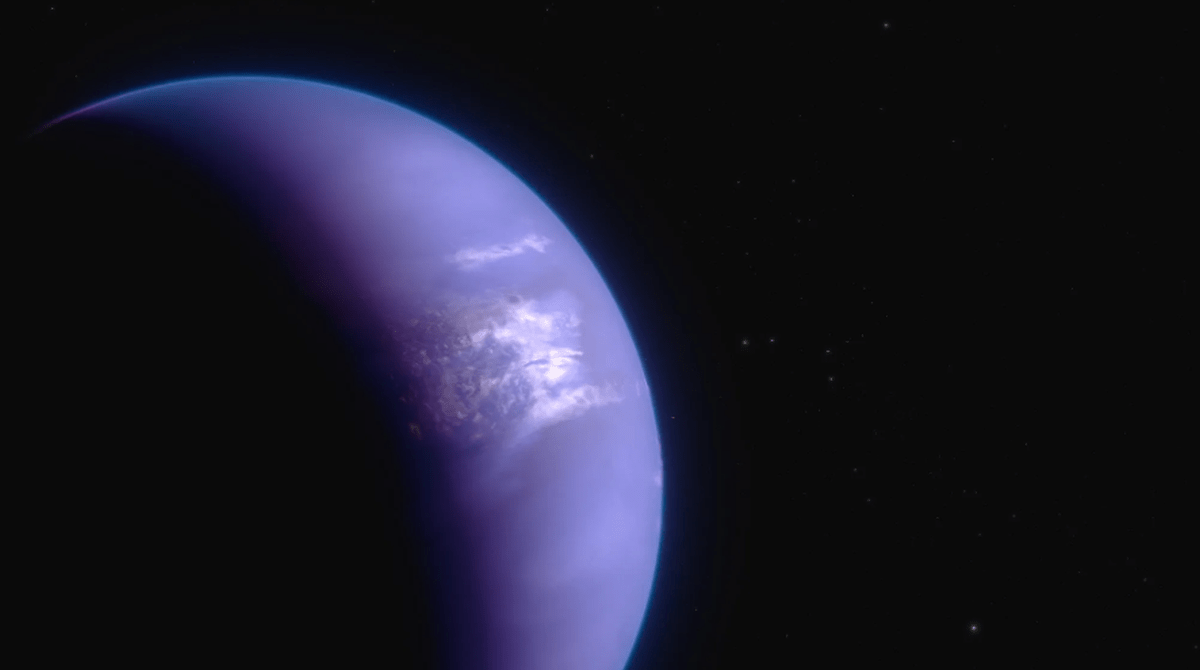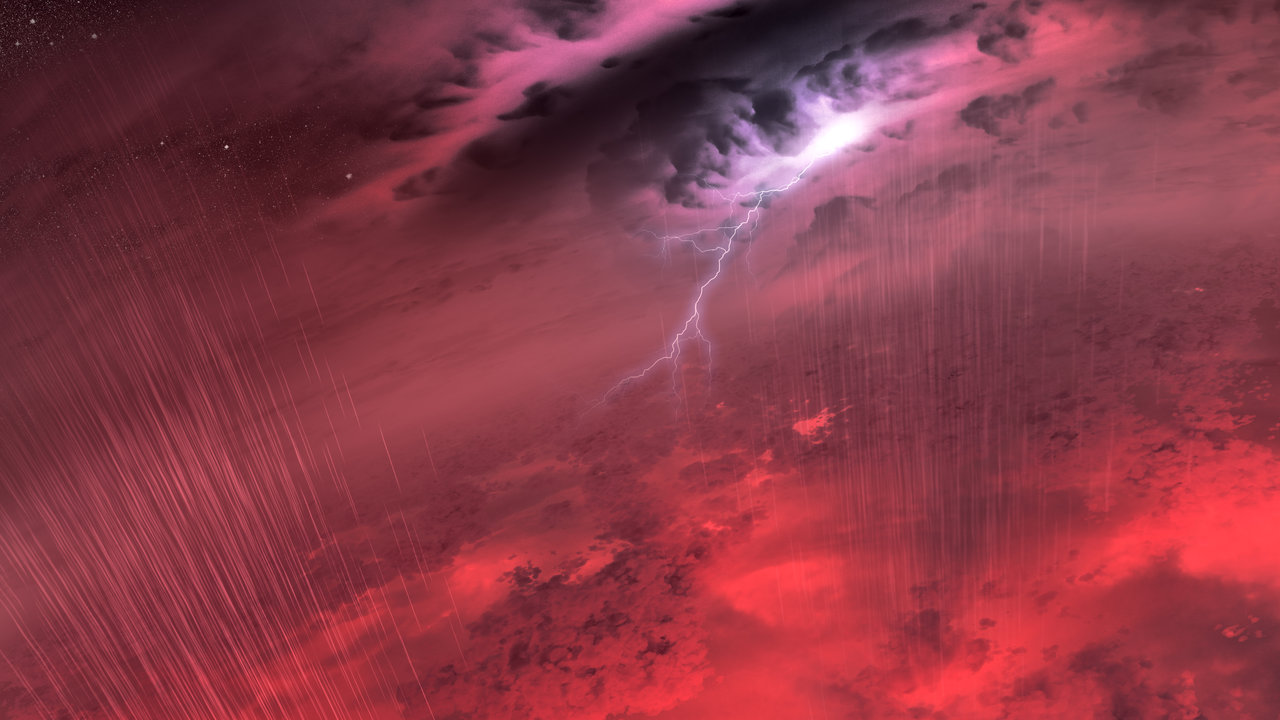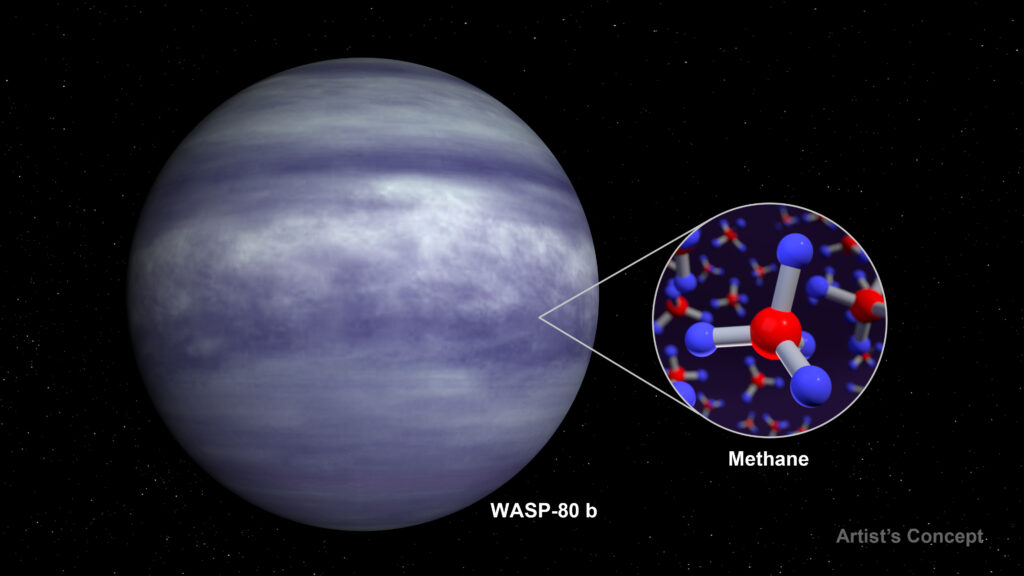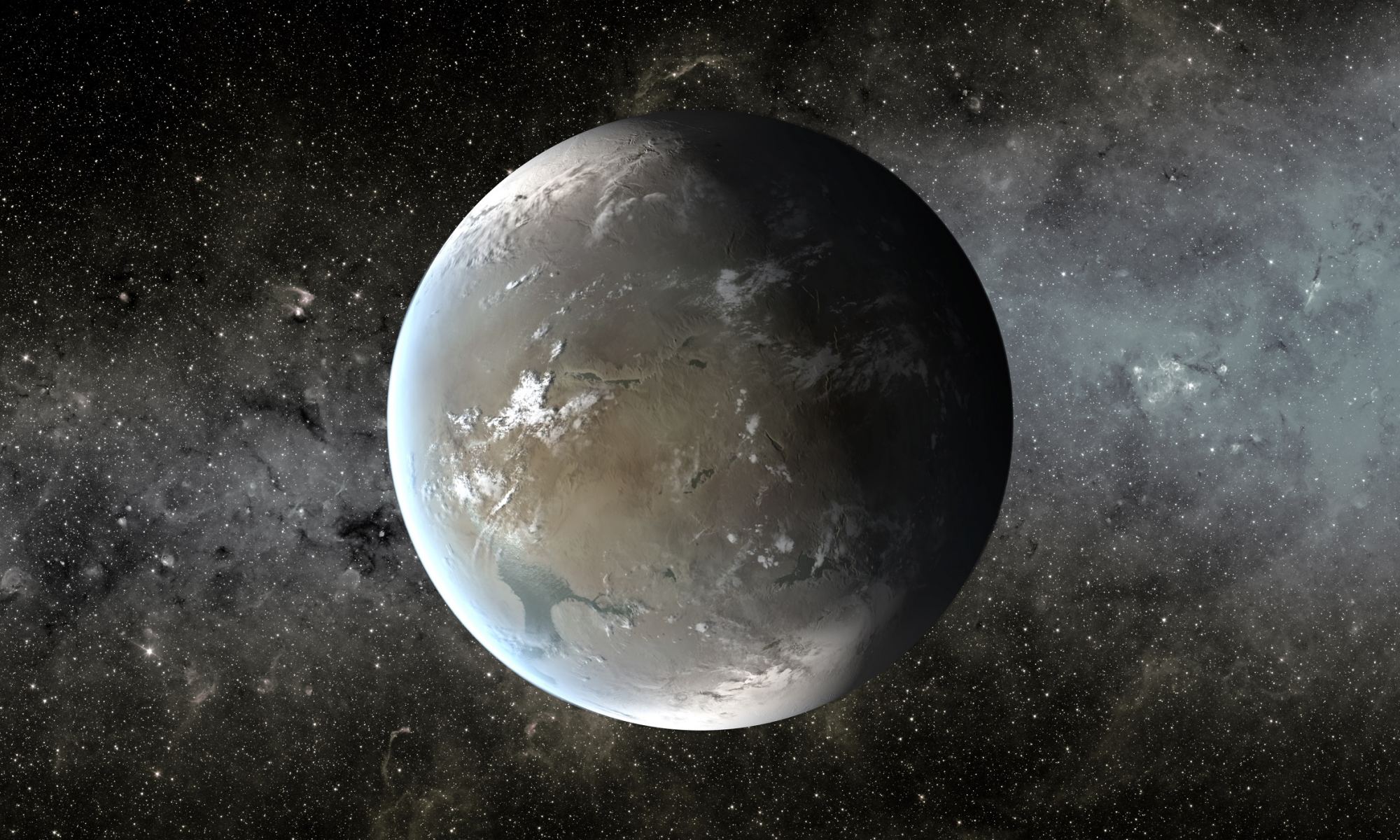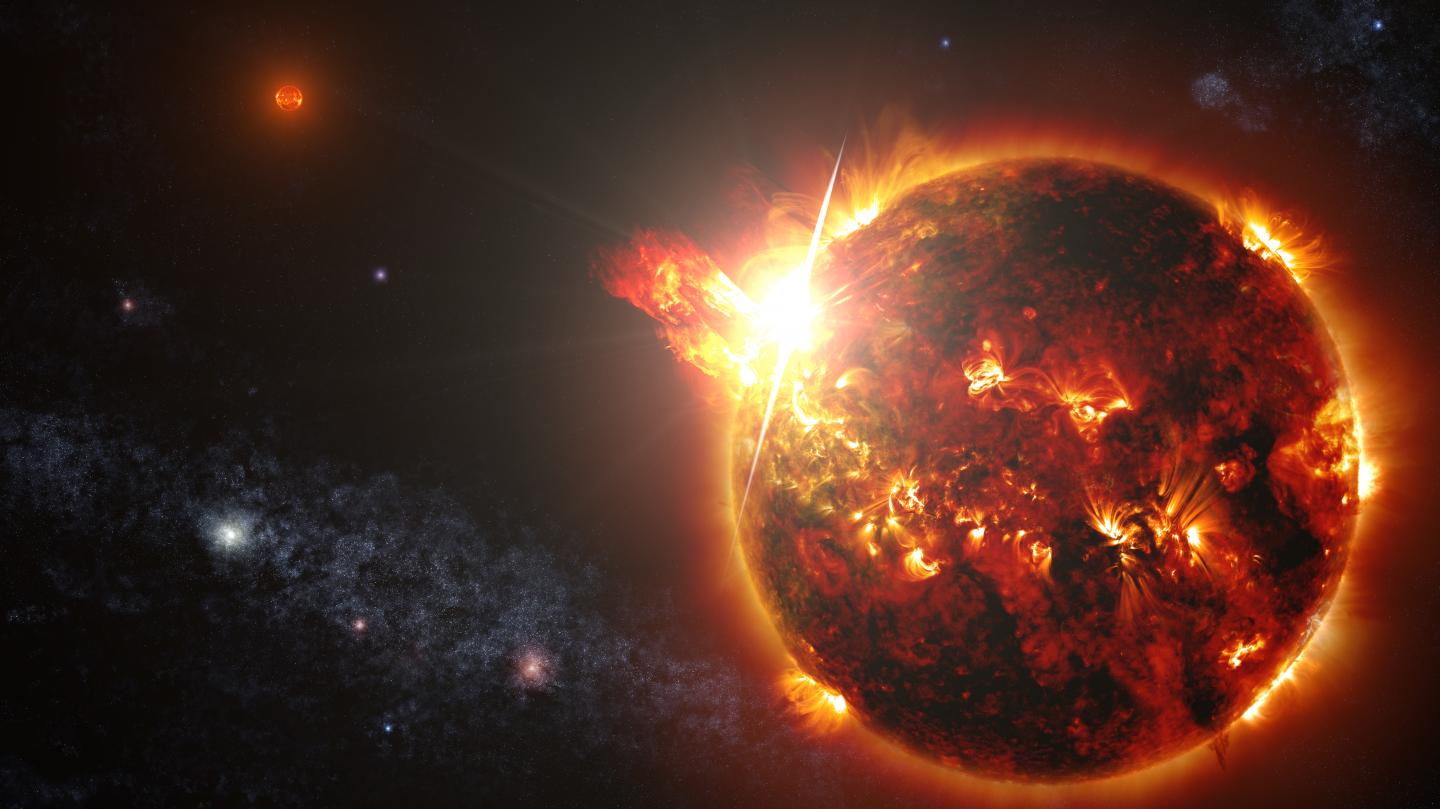The JWST is astronomers’ best tool for probing exoplanet atmospheres. Its capable instruments can dissect the light passing through a distant world’s atmosphere and determine its chemical components. Scientists are interested in everything the JWST finds, but when it finds something indicating the possibility of life it seizes everyone’s attention.
That’s what happened in September 2023, when the JWST found dimethyl sulphide (DMS) in the atmosphere of the exoplanet K2-18b.
Continue reading “Did You Hear Webb Found Life on an Exoplanet? Not so Fast…”

